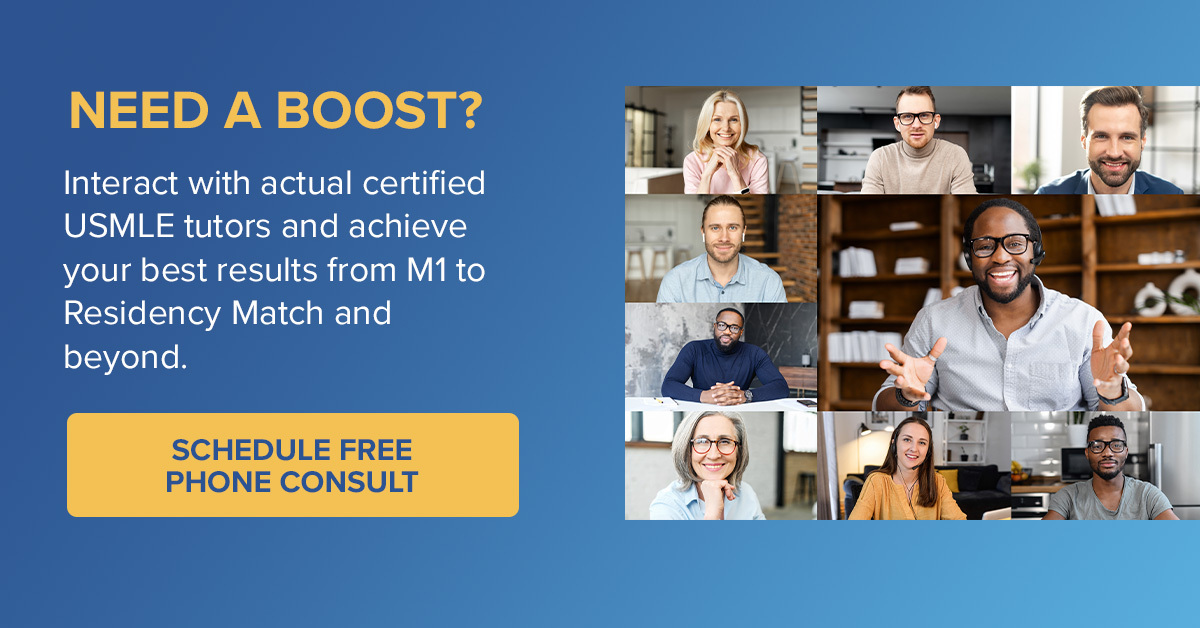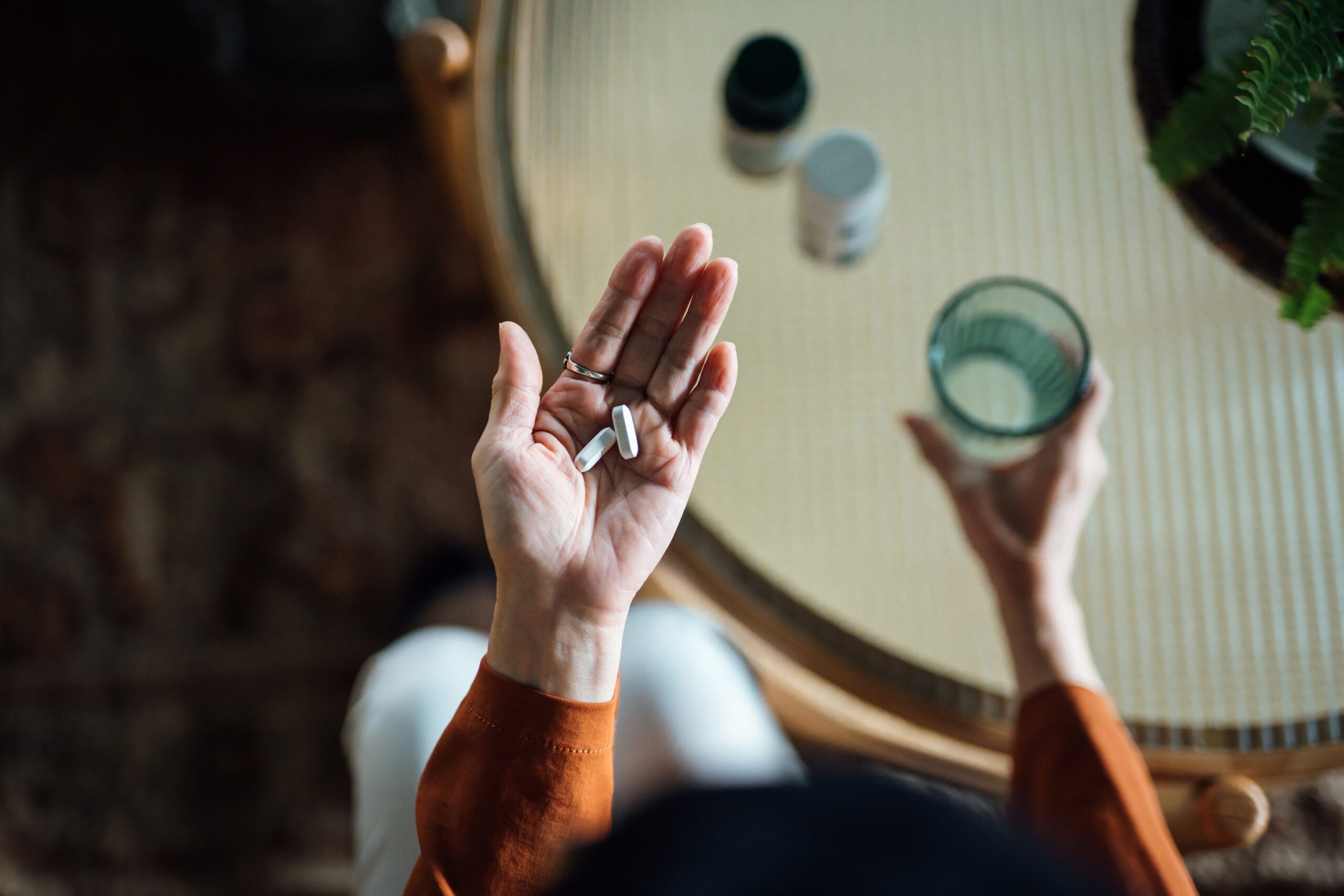Practicing medicine is a privilege, and doing so in the US is a coveted one. To practice in the US, medical graduates have to take a long and difficult path. They typically complete their residency in the US to become board certified in their field.
Though international medical graduates (IMGs) undergo a similar application process, they are less likely to fill a spot in the Residency Match. From NRMP, the odds favor US MD or DO graduates, then US based IMGs over non-US IMGs.
The prior cycle (2024 Match), of the 7,259 US IMGs who applied, 3,181 successfully matched to a PGY-1 position. Comparatively, of the 14,953 non-US IMGs who applied, 5,864 matched to a PGY-1 position.
This post is for international medical graduates who had trouble matching this cycle. Check out my this post on an action plan to take for US grads who didn’t match.
First Steps
In case you didn’t match, the first step is the same for US grads and IMGs: do your best to figure out the reason you didn’t match. If that reason is not obvious, have an experienced set of eyes, such as your dean or program director, look over your application. Ask for honest feedback so you know what to improve. Reach out to upperclassmen or classmates who matched and ask for their opinion and applications to use as a comparison.
Then, work on that reason if you can. Perhaps it was the way you conducted yourself during the last interview, or an inadequate explanation for a clinical rotation failure. However, sometimes it’s not always a quick fix. You can’t change your USMLE Step 2 score or all of the sudden acquire three new research publications. Whatever the reasons are, fix what you can and seriously consider applying for the Supplemental Offer and Acceptance Program (SOAP), which offers unfilled residency positions to eligible unmatched applicants through a series of rounds.
What is SOAP?
Briefly, SOAP is a system through which unmatched applicants can apply for unfilled residency positions after the initial Match. It provides a second chance for IMGs who did not match initially.
It allows for a second chance, and your application for the year is prepared already, which makes it easier to participate. Specialties such as internal medicine or family medicine usually have more open spots and gaining a position through SOAP can make it easier to apply for categorical positions later rather than reapplying from scratch.
SOAP is not a silver bullet, however, as there can be drawbacks as well. There are limited speciality options and SOAP applicants have less control and must accept offers as they come. Lastly, be cautious as some programs in SOAP do not sponsor visas, which can severely limit IMGs who require one so be sure to ask about visa sponsorship from your programs.
Each IMG’s situation is different, so the decision to participate in SOAP should be based on their long-term career goals and current application strength.
Helpful Tools
If you’re not interested in SOAP and would rather try your hand again the following year, prepare for a stronger application next cycle with the following tips that can help any IMG application regardless of specialty:
- Gain research experience in the form of publications, presentations or even conference attendance
- Increase your network of contacts by reaching out to programs and getting your foot in the door
- Gain more US clinical experience through rotations or electives and update your letters of recommendation
- Potentially learn another language, which can be hugely beneficial in various parts of the country. For instance, many Texas and California programs value being fluent in medical Spanish as a large portion of that program’s patient population are Spanish speakers
- Take and pass USMLE Step 3 to show that you are ready for residency training and that you’ve knocked out another obstacle some residents can struggle with.
Utilize tools such as FREIDA, the AMA Residency & Fellowship Database, which includes more than 12,000 ACGME accredited programs. The database provides valuable information, including applicants’ average test scores, hours of US clinical experience, and a number of publications to match successfully.
After reviewing this database, you’ll be able to work on filling in any missing pieces in your application to make it more competitive. If you want to know the specialties in which IMGs are most likely to match, check out the NRMP data. According to the NRMP, now those specialties include pathology, neurology, family medicine, and internal medicine.
Ask for help
Asking for help can often be one of your greatest tools in medical school! Here are some ideas for getting extra support:
- Reach out to classmates and professors.
- See if there’s a research project you can jump on to squeak out some publications prior to the next application cycle.
- Apply for an externship to stay clinically relevant and to receive an impressive letter of recommendation.
- Hone your interview skills and demonstrate your commitment to medicine on your application for the next cycle. You can prepare for tough interview questions with one of Blueprint’s veteran residency counselors!
Prepare For Your Next Match
To increase your chances of matching, cast a wide net and apply to more programs. Furthermore, apply to as many IMG friendly programs as you can. To figure out which programs have historically accepted applicants from your school use the NRMP data. You can also ask your medical school dean for information.
Perhaps consider rural programs, which are a more friendly option for IMGs given the fact that they are generally less competitive.
If you require a visa, apply to programs that will sponsor your type of visa. Make sure to keep yourself updated, as visa requirements and program policies can change year-to-year. FREIDA allows users to filter and narrow their search results, including the percentage of IMG residents as well as the visas accepted, H-1B vs. J-1.Check out each residency program’s website to see what types of residents it accepts. Do these programs accept many IMGs? Find out who the program director of your desired residency is and send that person an email to show your interest.
Lastly, complete USMLE Step 3; passing this hurdle will assure program directors of your knowledge and test taking skills. Passing USMLE Step 3 is a good way to show your enthusiasm and passion for medicine, as well as for practicing it according to the US standards.





